SecureVideo’s 2025 Year in Review

As we close out 2025, one thing stands out clearly: healthcare organizations continue to choose SecureVideo because of our unwavering commitment to reliability, security, and a frictionless telehealth experience. This year, we celebrated major wins, welcomed back valued customers, and expanded the capabilities providers rely on every day. Biggest Wins of 2025 This year was […]
Telehealth ROI: A Smart Growth Strategy for Small Practices & Solo Clinicians

Telehealth can absolutely be a clinical game-changer, but for small practices and solo practitioners, it also needs to be a business game-changer. When every appointment slot matters and overhead costs remain fixed no matter what, adding virtual care must provide clear return on investment (ROI). Fortunately, telehealth with a purpose-built platform like SecureVideo can do […]
Telehealth Marketing Tips to Attract and Retain Virtual Patients
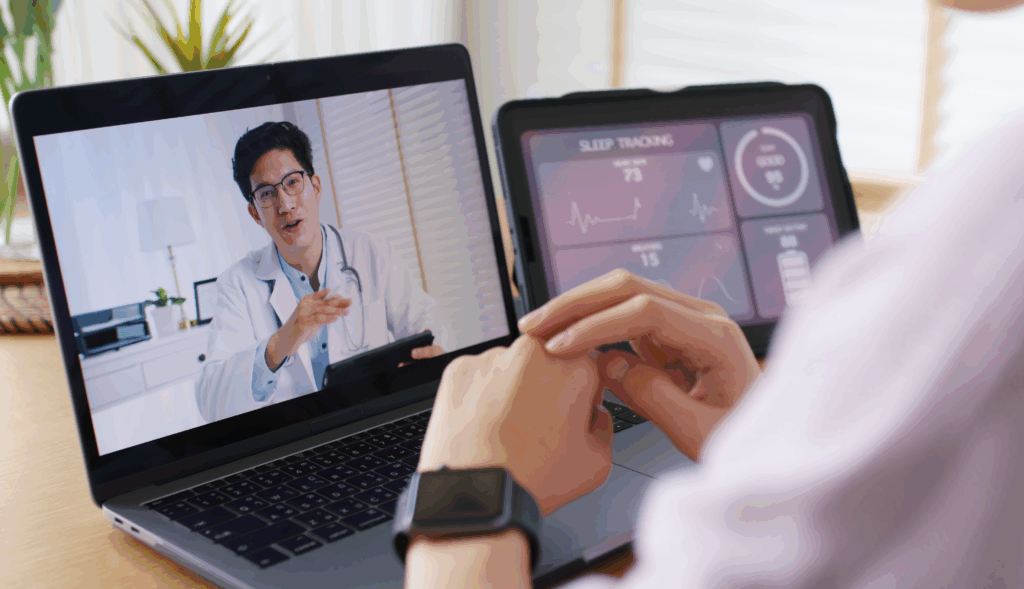
In today’s digital healthcare landscape, offering telehealth services isn’t enough. You need effective marketing strategies to reach patients who need virtual care. This guide explores proven tactics to attract new virtual patients and keep them engaged with your practice for long-term success. The global telehealth market, which initially gained momentum during the COVID-19 pandemic, is […]
Celebrate Telehealth Awareness Week 2025 with SecureVideo
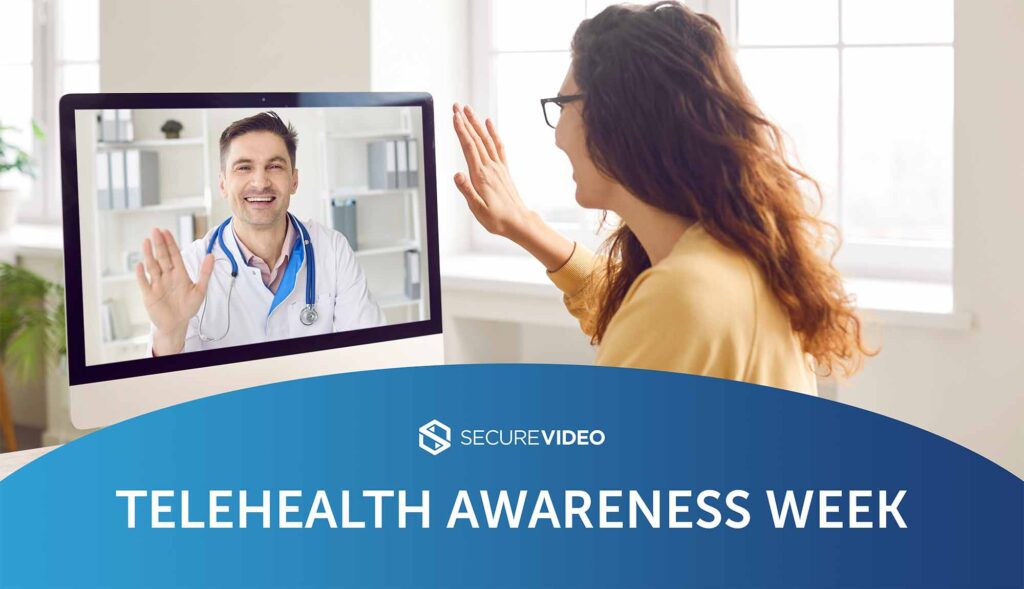
Telehealth Awareness Week (TAW) is an initiative launched by the American Telemedicine Association (ATA), taking place this year from September 14th to the 20th, 2025. This annual event unites healthcare professionals, patient advocates, solution providers, policymakers, and hospitals to celebrate the role of telehealth in today’s care delivery. Telehealth Awareness Week is a time to […]
Suicide Prevention Month: How SecureVideo Supports Hope, Access, and Mental Health Care

Every September, we observe Suicide Prevention Month, a time to raise awareness, reduce stigma, share resources, and reaffirm our commitment to supporting mental health. At SecureVideo, we believe in the power of connection, and in this month especially, we reflect on how telehealth and video-based solutions can help save lives. What Suicide Prevention Month Represents […]
Customer Story: Why SecureVideo Won Back an Enterprise Customer
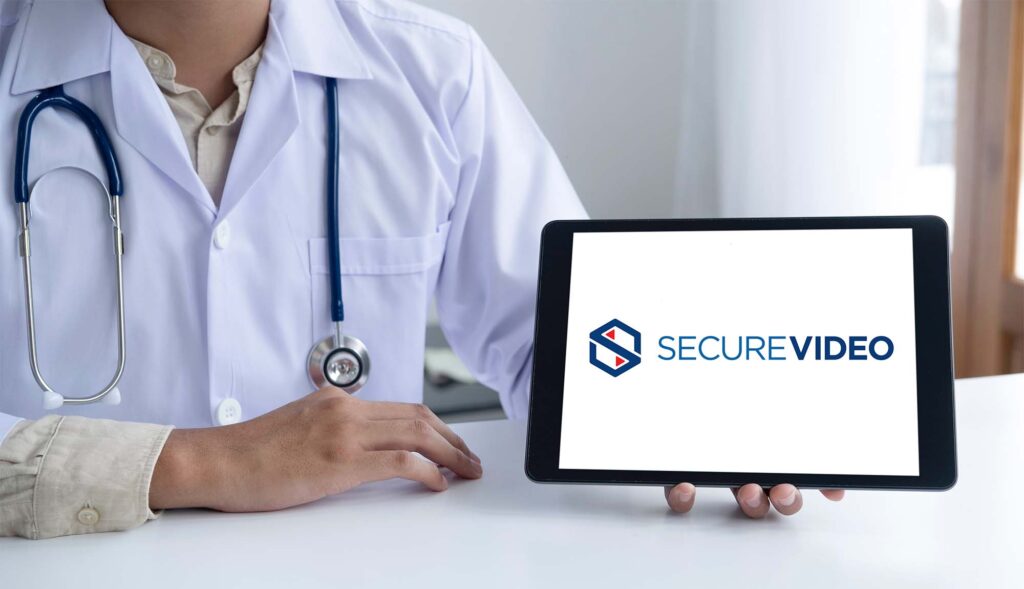
At SecureVideo, we pride ourselves on delivering top-tier telehealth services that not only meet but exceed the expectations of our customers. Recently, one of our long-time enterprise clients rejoined us after a brief period away, and their story highlights the undeniable value of SecureVideo’s comprehensive telehealth platform. A Long-Standing Relationship For five years, this enterprise […]
Why HITRUST Matters: Setting the Bar for Secure Telehealth
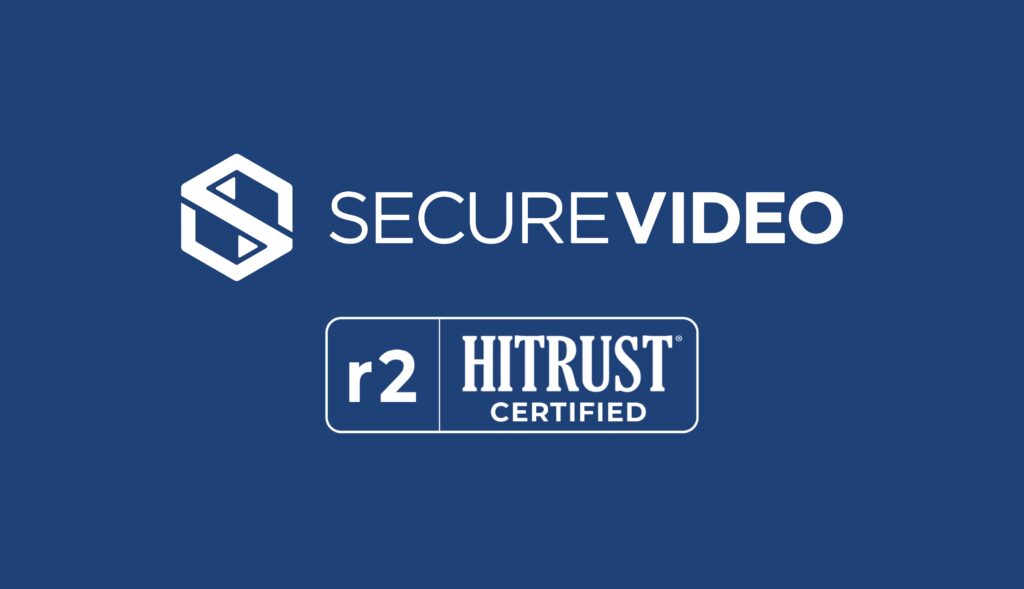
Not all telehealth platforms are created equal, especially when it comes to security. At SecureVideo, we’ve been HITRUST certified since 2023 and it’s more than just a credential. It’s a reflection of our commitment to protect sensitive health information between patients and providers. Privacy breaches are at an all-time high and SecureVideo stands out by […]
Unique Ways Providers Use SecureVideo for Telehealth
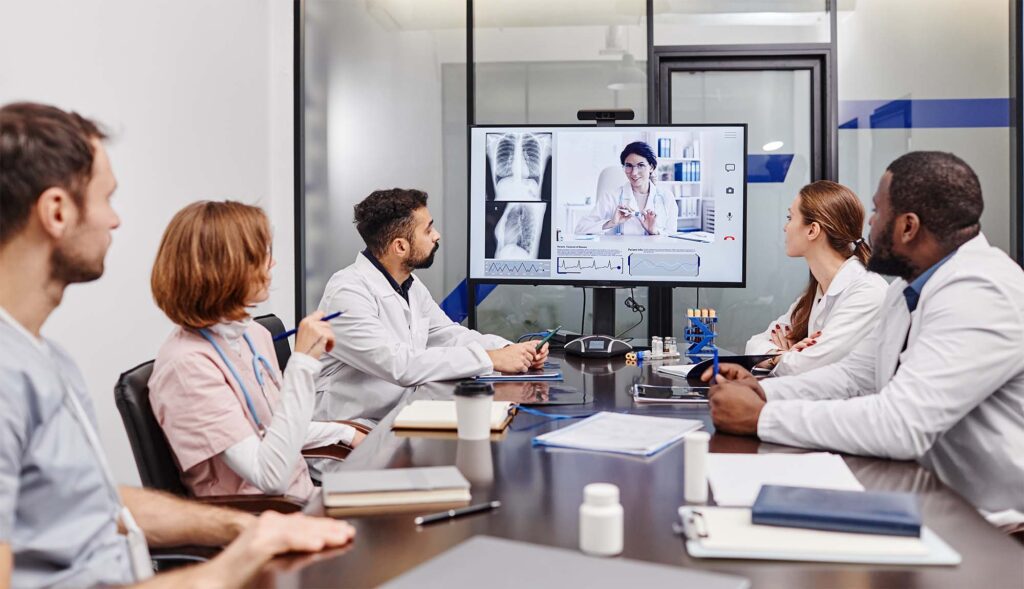
When most people think of telehealth, they envision standard one-on-one medical consultations. But at SecureVideo, we’ve seen how creative and diverse healthcare professionals and service providers can be when it comes to delivering care. From dental exams to yoga classes, SecureVideo isn’t just built for routine appointments, it’s flexible enough to support the most unique […]
One-Click Telehealth Video Engine
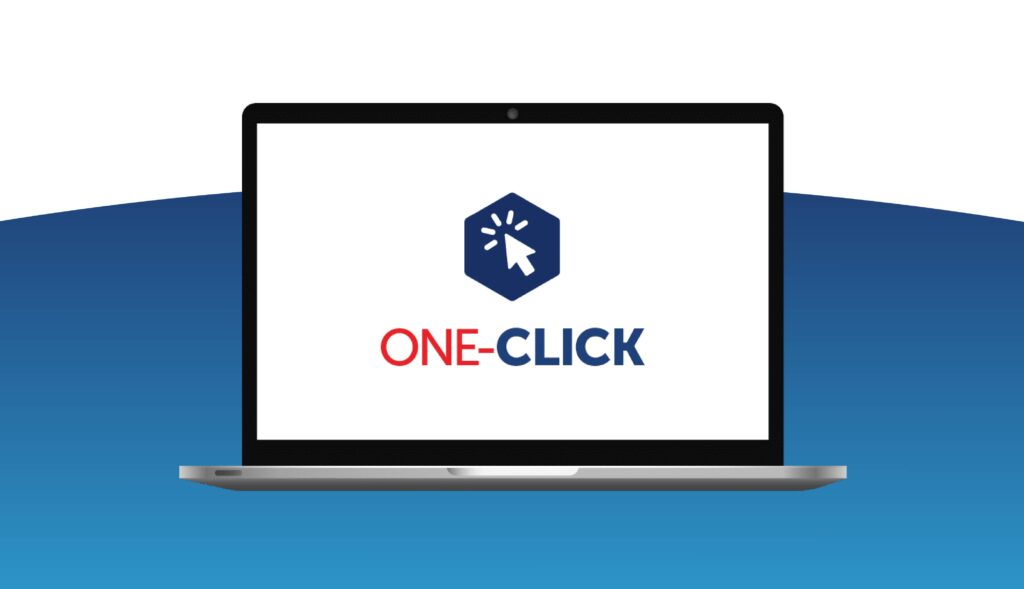
In telehealth, the quality of your video platform is the foundation of the patient experience. Providers need a solution that’s reliable, fast, and secure. Patients want something that’s easy to use, without extra downloads or confusing setup. Price, performance, and accessibility all matter and that’s why SecureVideo offers two video engine options: Zoom and One-Click. […]
Why Telehealth Works for Group Therapy and Family Counseling
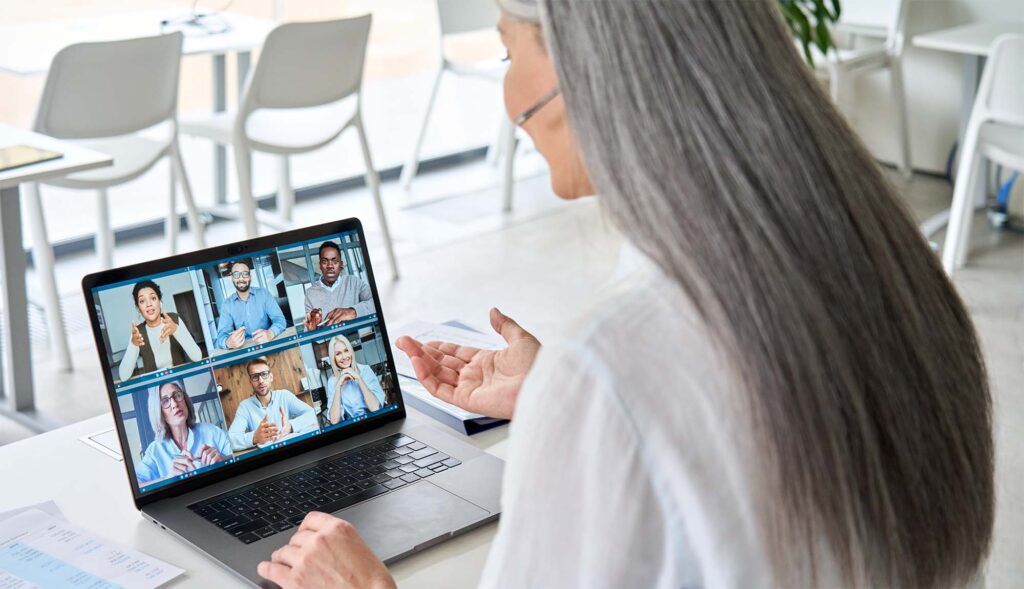
A study by the National Library of Medicine found that therapists were able to achieve increased levels of engagement and therapeutic success with families and groups using telehealth, sometimes even more so than in-person sessions. Telehealth for group or family counseling, also known as group teletherapy, allows individuals to participate in virtual therapy sessions with […]
